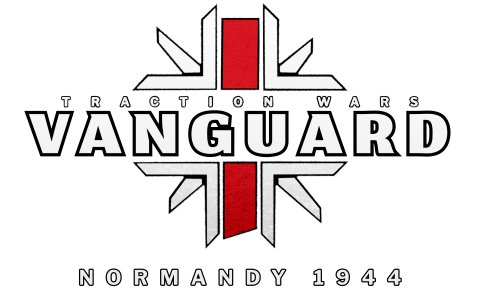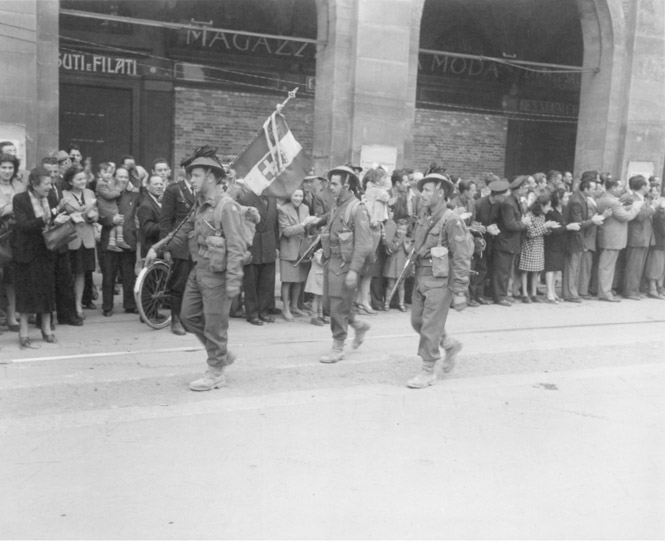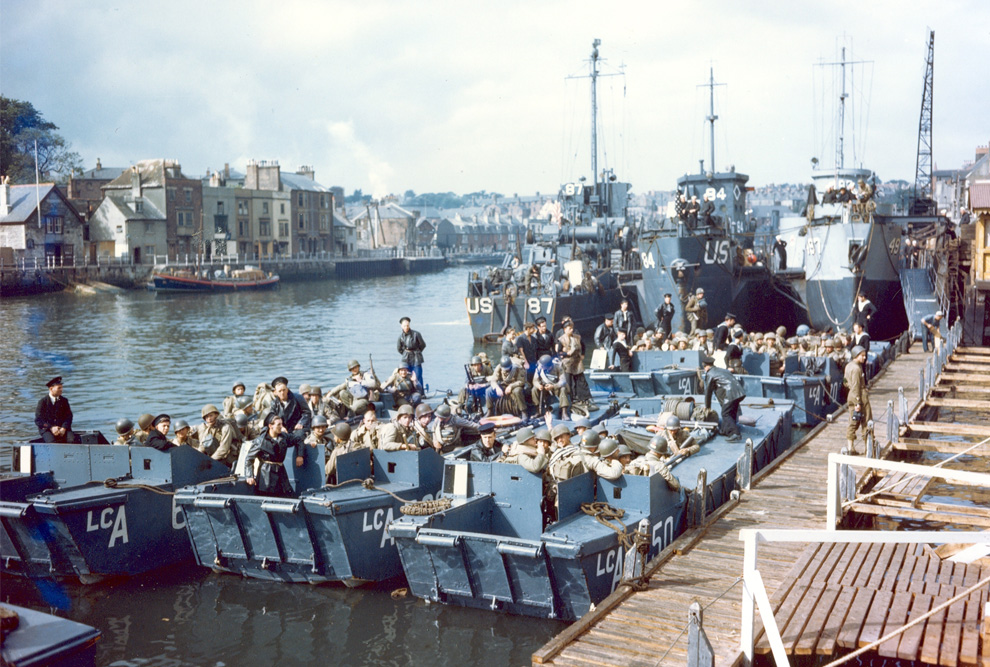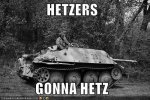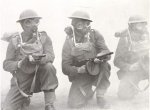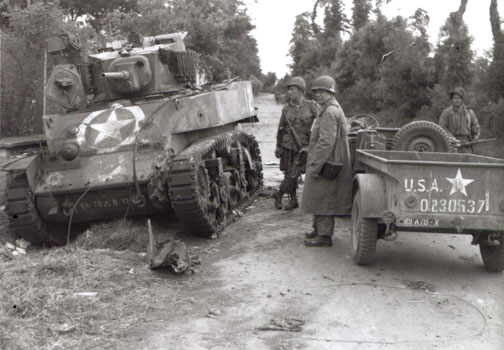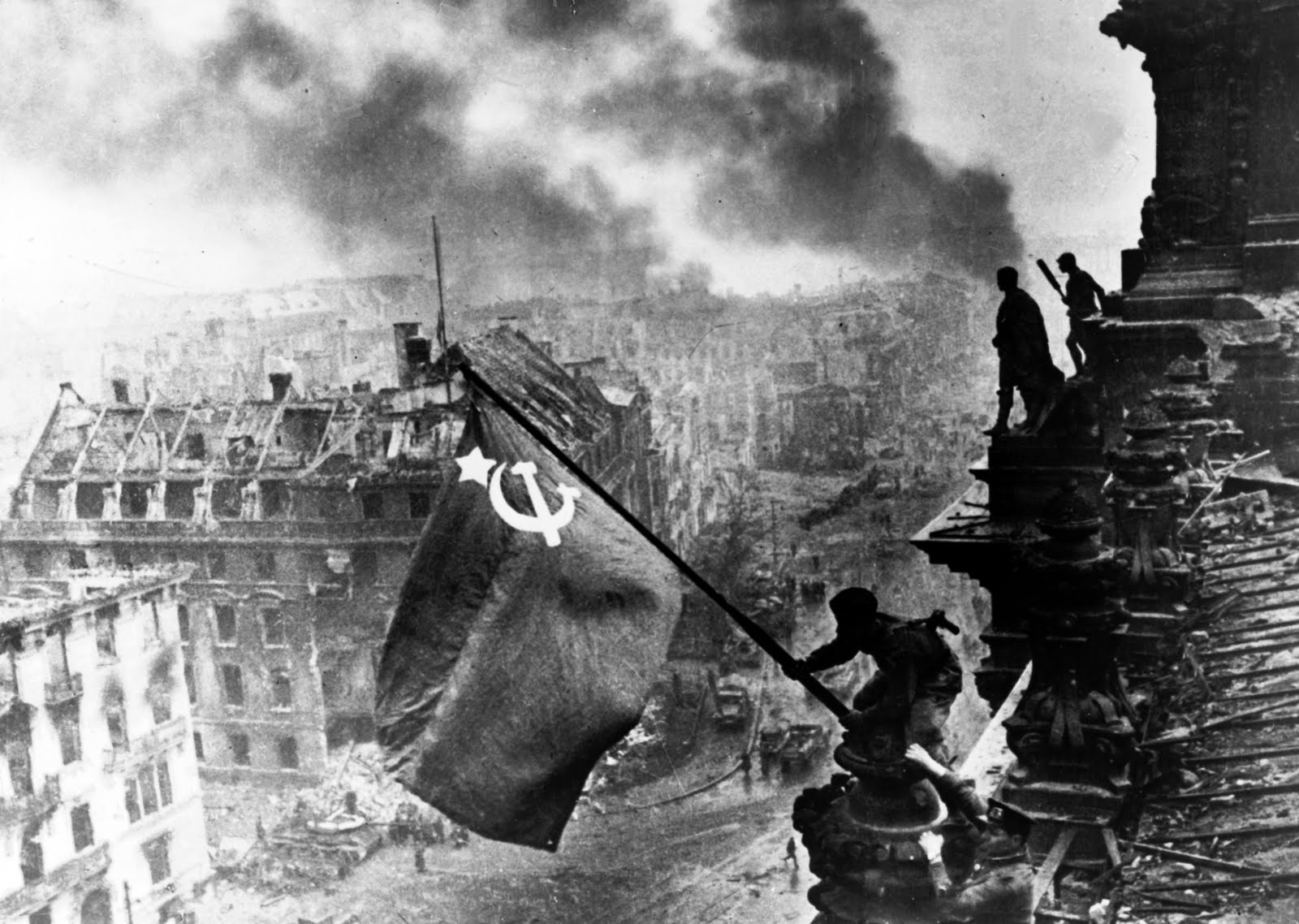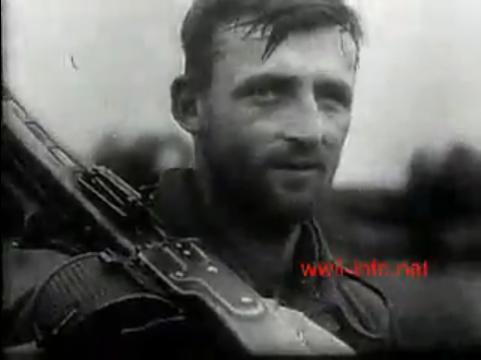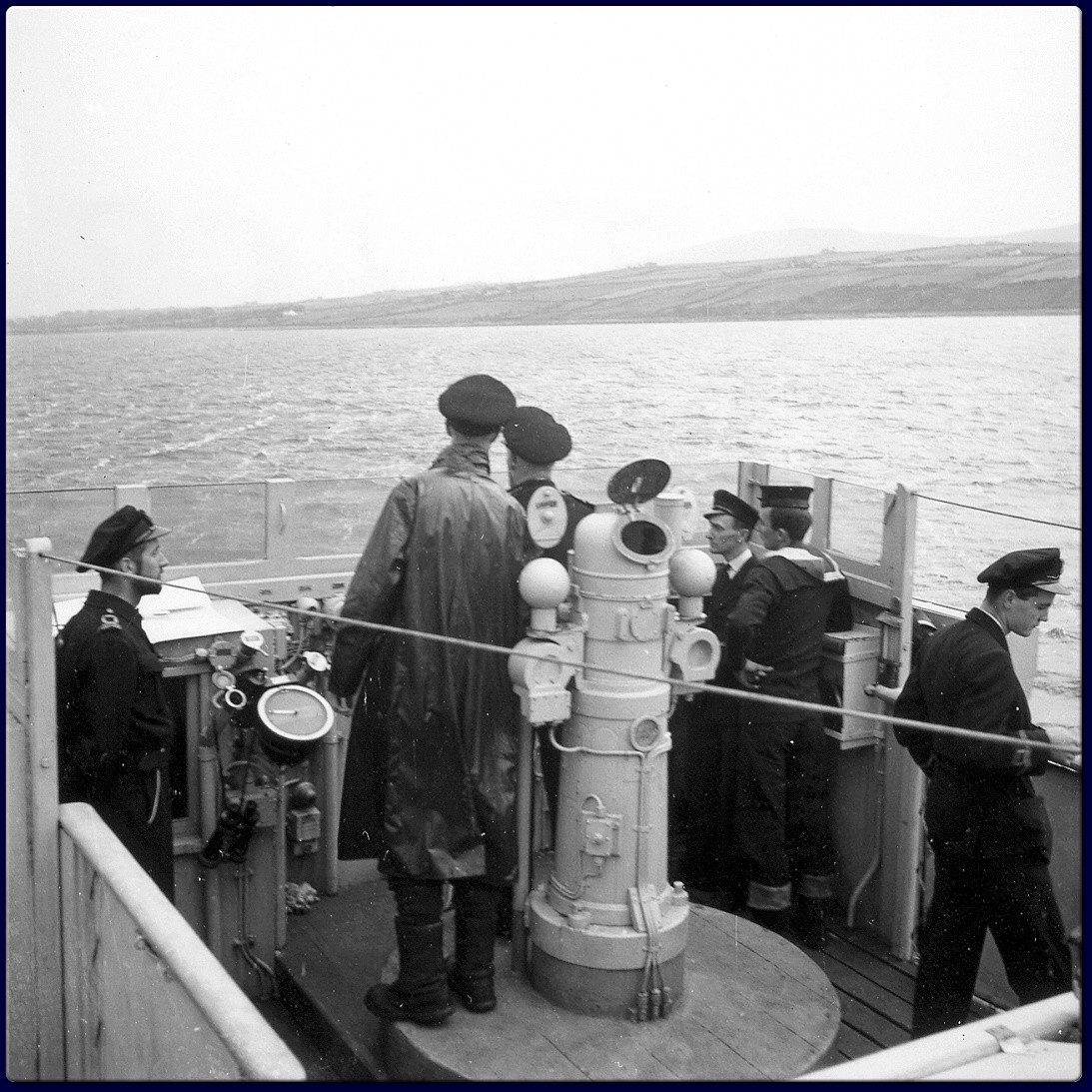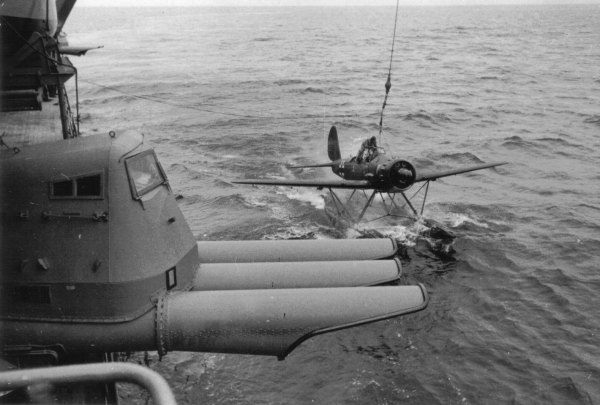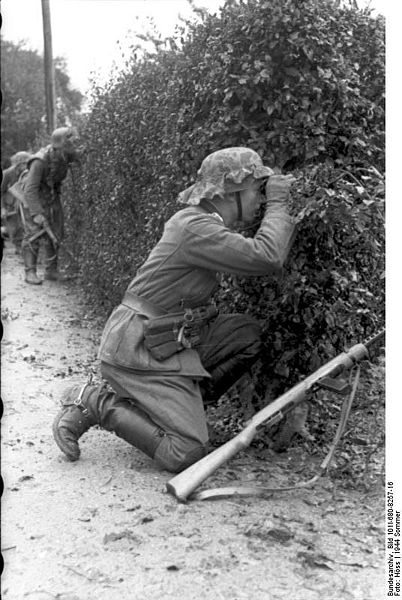VonMudra
Well-known member
So, to replicate the highly success and awesome thread on the FH2 forums, I'd like to inaugurate the Traction Wars Picture of the Day thread!
To quote the rules from the FH2 forum's thread:
To quote the rules from the FH2 forum's thread:
Post your interesting / amusing / remarkable World War 2 photographs in this thread.
The rules are:
- One picture per member per day.
- Only pictures relating to the Second World War are allowed.
- Only posts with pictures and discussing the pictures are allowed.
- Posts in violation of these rules will be deleted without warning.
